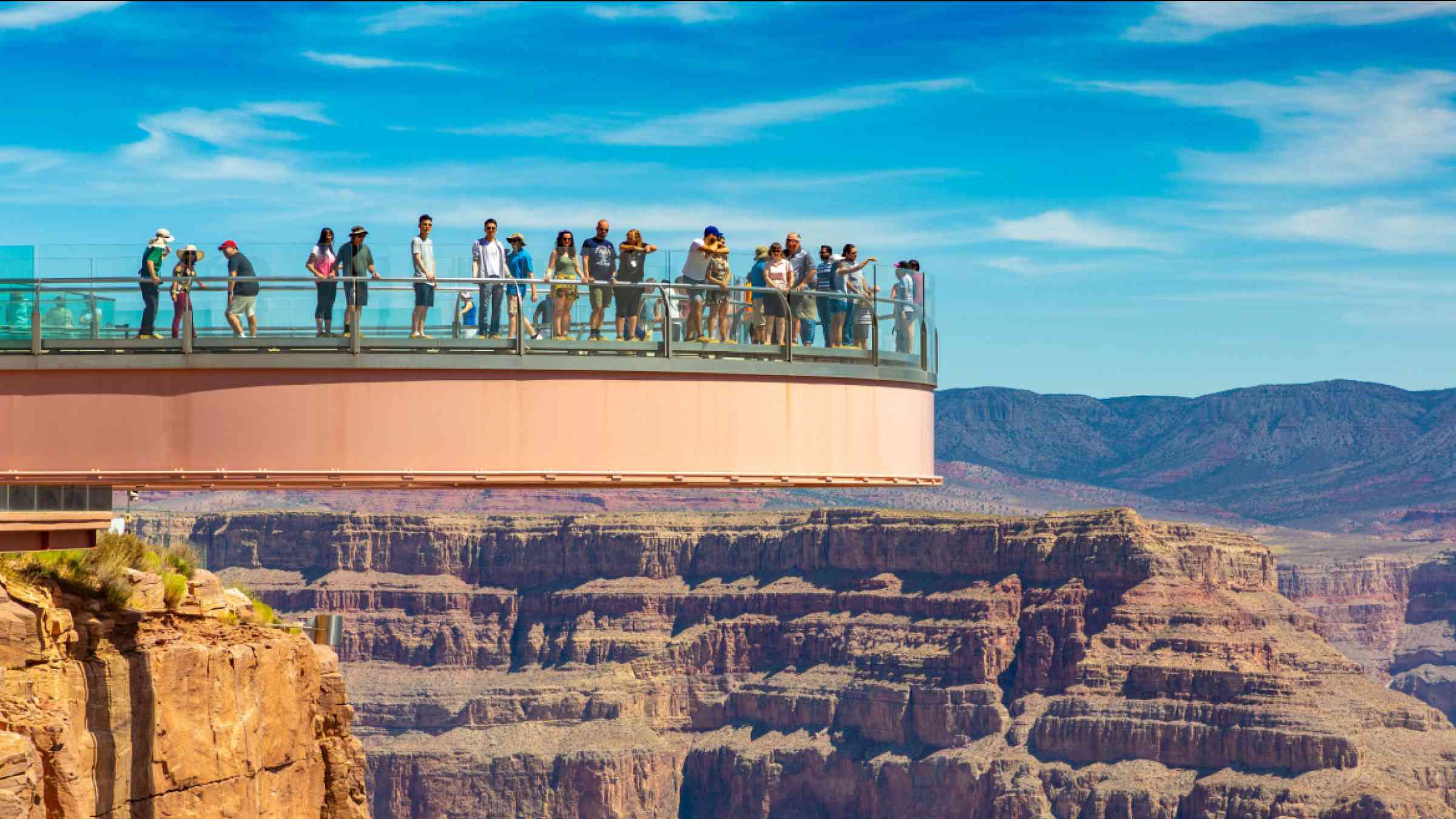Three ways tourism can support climate adaptation

On Global Tourism Resilience Day, we highlight three ways that tourism can channel investments to help vulnerable communities and ecosystems build resilience and adapt to climate change.
From sandy beaches to snow-covered mountains, many of the world’s beloved tourist destinations face the mounting impacts of climate change. At the same time, tourism emissions fuel climate change, accounting for roughly 8% of the world’s carbon emissions. For these reasons, the Glasgow Declaration on Climate Action in Tourism was launched at COP26 to accelerate climate action in tourism. As of December 2023, 869 tourism stakeholders from 90 countries and every continent have signed on to the declaration, committing to publish a Climate Action Plan and report on implementation annually. According to the 2023 Glasgow Declaration Implementation Report, however, current Climate Action Plans show limited focus on climate adaptation. Climate adaptation measures have the potential to strengthen the resilience of communities that support and rely on tourism. Adaptation solutions can also help conserve the ecosystems that draw travelers and protect these destinations from increasingly frequent and intense climate change impacts. As the world marks Global Tourism Resilience Day, we highlight three opportunities for tourism stakeholders to channel their investments towards supporting the resilience of communities and ecosystems, and accelerating adaptation to climate change.
1. Conserve ecosystems that support climate adaptation
Coral reefs sustain life underwater and on land, providing shelter to marine life and supporting coastal communities that depend on fishing and tourism for their livelihoods. By reducing wave energy by up to 97 percent, coral reefs also decrease coastal erosion and safeguard communities from storms and wave-induced flooding. Yet coral reefs are disappearing across the globe. According to Intergovernmental Panel on Climate Change (IPCC) projections, coral reefs could decline by 70 to 90 percent if average global air temperatures warm by 1.5°C above pre-industrial levels. In response to the climate impacts threatening coral reefs, The Nature Conservancy Conservation (TNC) purchased an expanded parametric insurance policy that could see up to $2 million paid out to help protect coral reefs around the main islands of Hawaii in the event of storm damage, and issued science-led guidance for the Caribbean tourism sector on best practice for engaging in reef restoration. Together with the Inter-American Development Bank, TNC is also working with the government of Barbados on ‘Blue Bonds for Ocean Conservation.’ Through the Blue Bonds, Barbados is redirecting a portion of its sovereign debt services into marine conservation funding. According to GCA’s 2022 State and Trends in Adaptation report, the governments of Madagascar, Mauritius and Seychelles have developed Blue Economy action plans that include restoring coral reefs, lagoons and mangroves—actions they call ‘no-regrets’ investments as they benefit coastal fisheries and the tourism industry, while also reducing coastal erosion.
2. Support communities with livelihood opportunities to help build their resilience to climate change
Mangroves are a critical nature-based climate solution, absorbing up to five times more carbon than forests while also buffering coastal communities against storm surges and flooding. Yet approximately 67 percent of mangroves have been lost or degraded across the globe, 20 percent of which occurred since 1980. Logging for timber and charcoal, and clearing mangroves in favor of agricultural land, aquaculture land, urban development, and tourism are the primary reasons for this loss and degradation. Fortunately, with the increasing recognition of the crucial role mangroves play in climate action, there has been a significant acceleration in efforts aimed at restoring and protecting them. Tourism can boost this effort by supporting community-based conservation. In the Andaman Coast of Thailand, the Nai Nang community is working with the Mangrove Action Project to protect the surrounding mangroves while generating an alternative source of income through beekeeping. Community members place constructed hives near the mangroves, which are colonized by wild bees. The bees gather nectar from the blossoms of mangrove trees, aiding in pollination and helping maintain biodiversity. The community meanwhile harvests the Nai Nang Honey, which they sell raw as well as use for products like shampoo, soap and medicinal balms. The Nai Nang Apiculture Group has a partnership with Marriott Hotels & Resorts, which uses Nai Nang honey in hotel restaurants and sells honey-based products in their gift shops.
3. Help raise awareness about the need to adapt to climate change
The tourism industry can provide opportunities for travelers to engage with communities impacted by climate change and learn more about how they are leading climate adaptation action. In Tanzania, travelers can visit the women-led seaweed farms in Zanzibar and plant, harvest, and learn more about the valuable attributes of seaweed. In addition to being a nutritious food source, seaweed captures carbon, absorbs wave energy, buffers shorelines, and oxygenates the waters to minimize the impacts of ocean acidification. In the Philippines, community tourism organization Planeterra organizes mangrove planting for travelers staying at community-run ‘Make A Difference’ homestays in the island of Bohol. And in the Dominican Republic, Iberostar has built a coral lab within one of its hotels, which allows customers to see corals up close and learn about coral restoration. By supporting and championing adaptation efforts, the tourism industry and travelers can play an active role in bringing about a greener and more resilient world.